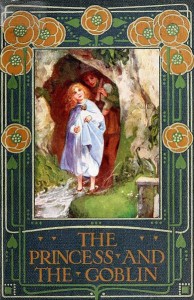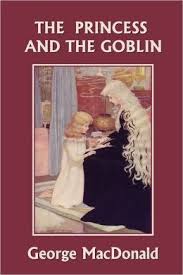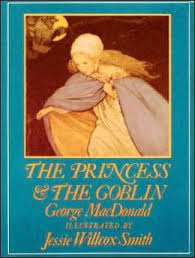Background: George MacDonald
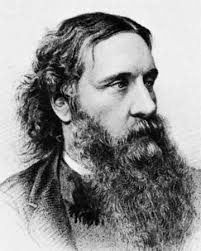 George MacDonald (1824 – 1905) was born in Huntley, Aberdeenshire, Scotland, the son of a farmer. Educated at Aberdeen and London, he was first a pastor and later a teacher, before turning to writing as a career. His prolific literary output includes some dozen fantasy novels, thirty realistic novels, numerous volumes of poetry, as well as many volumes of his sermons. Although it was his realistic novels which were most popular in his lifetime, his most enduring writings are now agreed to be the fantasy novels, including The Princess and the Goblin, Phantastes, Lilith, and At the Back of the North Wind.
George MacDonald (1824 – 1905) was born in Huntley, Aberdeenshire, Scotland, the son of a farmer. Educated at Aberdeen and London, he was first a pastor and later a teacher, before turning to writing as a career. His prolific literary output includes some dozen fantasy novels, thirty realistic novels, numerous volumes of poetry, as well as many volumes of his sermons. Although it was his realistic novels which were most popular in his lifetime, his most enduring writings are now agreed to be the fantasy novels, including The Princess and the Goblin, Phantastes, Lilith, and At the Back of the North Wind.
He married Louisa Powell in 1851, who bore him eleven children between 1852 and 1865 (five girls and six boys). Four of his children died before him (in adulthood). Consumption (tuberculosis) was a family plague, taking the lives of two children, and causing him great suffering through much of his later life.
The Princess and the Goblin was published in 1872, but its sequel (The Princess and Curdie) wasn’t published until ten years later. Meanwhile, in 1880 the family moved to Bordighera, a resort town on the Italian Riviera popular with British ex-patriates. MacDonald’s health deteriorated in 1897 after the publication of his last novel, and he suffered a stroke the following year, after which he never spoke again. Two of his sons designed and built a home for their parents in Surrey, England (south of London), and they moved there in 1900. MacDonald and his wife celebrated their 50th wedding anniversary in 1901, and Louisa died a year later. MacDonald lingered in ill health for three more years prior to his death in 1905. He was cremated and his ashed are buried with his wife in Bordighera.
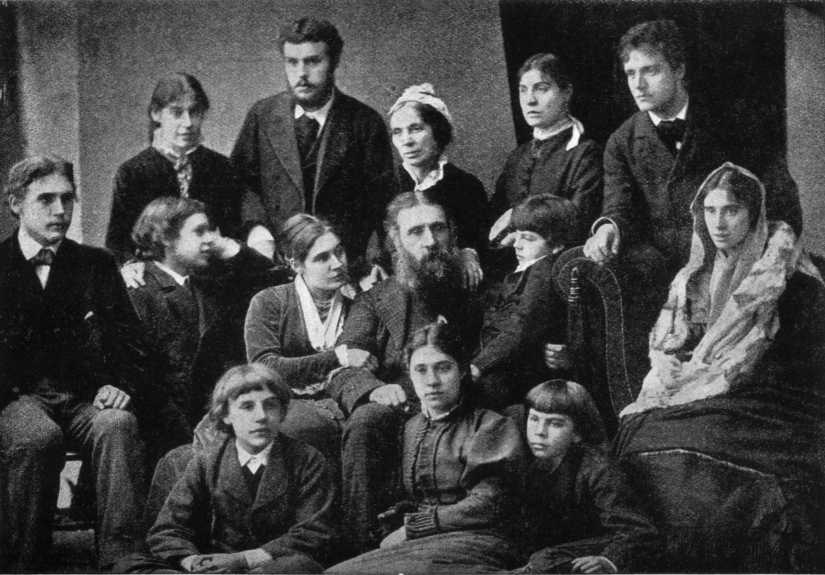
Ongoing impact of MacDonald’s writings
Not only was he a popular writer, who made his living by his pen, but he is claimed as a significant influence by many later well-known authors, particularly authors of Christian faith. Among these are: W. H. Auden, C.S. Lewis, J.R.R. Tolkien, G.K. Chesterton and Madeleine L’Engle. Chesterton called The Princess and the Goblin a book that “made a difference to my whole existence.” C.S. Lewis claimed, “I think I have never written a book in which I did not quote him.”
MacDonald was also a friend of Mark Twain (Samuel Clemens), and a mentor to Lewis Carroll (Rev. Charles Dodgson). In fact, after reading the manuscript of Alice in Wonderland to his sons, MacDonald urged Carroll to publish it based on the boys’ enthusiastic reaction.
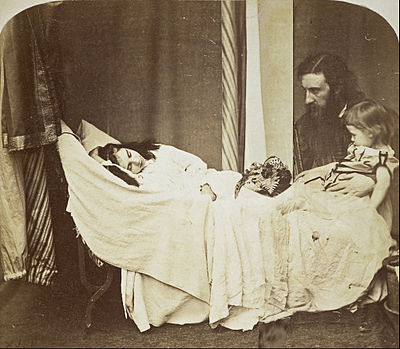
This book’s many manifestations
Many editions of The Princess and the Goblin exist, and many illustrators have been inspired to create visions for us of what this story might look like, including Jessie Wilcox Smith. There was also an animated version produced in 1992. Several different stage versions exist. And in 2012 famed choreographer Twila Twarp fulfilled a long-time desire by staging a full ballet based on this book.

